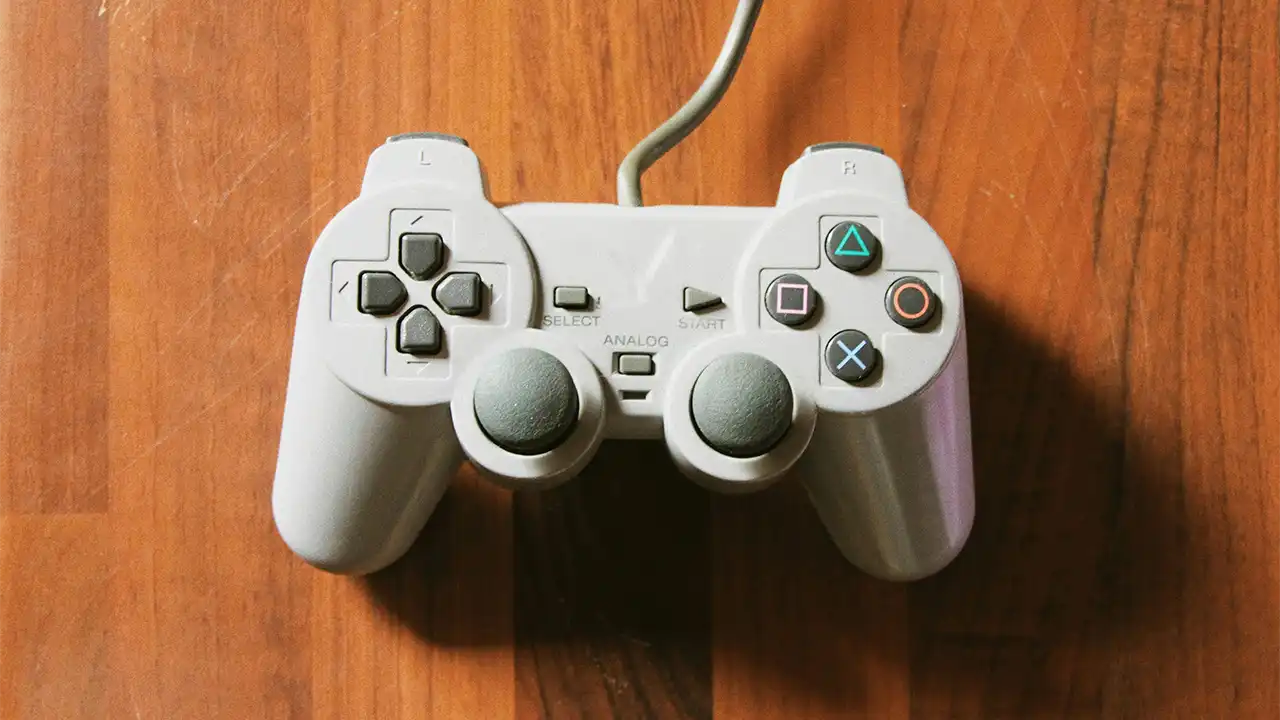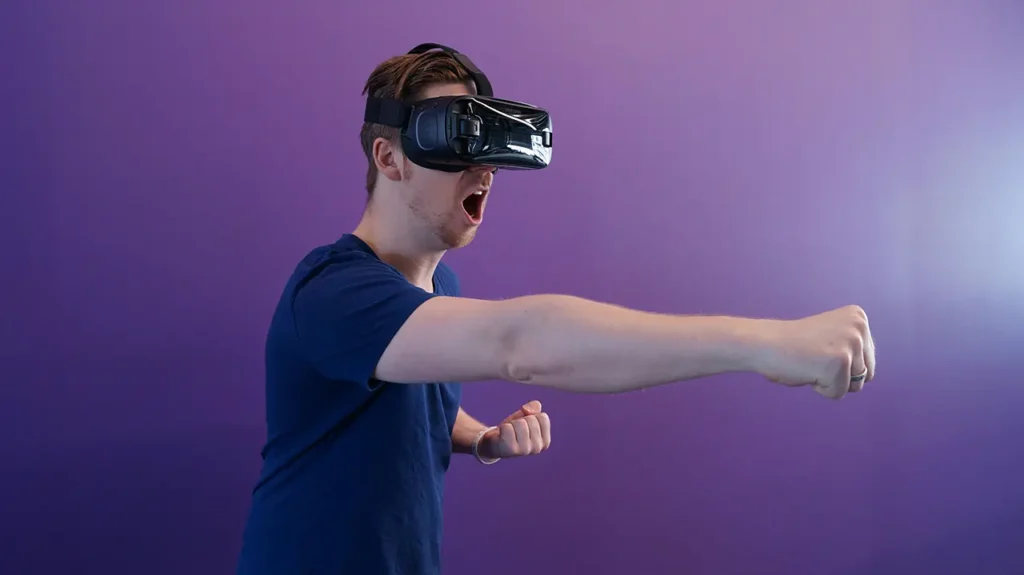Your cart is currently empty!

Gamepads have come a long way from their humble beginnings, transforming from simple joysticks and single-button controllers into sophisticated input devices that enhance immersion and gameplay precision.
The history of gamepads is closely tied to the evolution of gaming itself—each generation of consoles bringing with it new ideas, ergonomics, and technology that redefine how we interact with digital worlds. From the early days of Atari and NES to today’s haptic-feedback-enabled wireless controllers, gamepads have not only evolved but shaped the very experience of gaming.
In the early 1980s, gamepads were basic, functional tools designed primarily for arcade-style games. As gaming moved into living rooms, console manufacturers began refining the controller layout. Nintendo’s introduction of the D-pad was revolutionary, offering better directional control than the joystick. Over the years, the addition of shoulder buttons, analog sticks, and vibration motors reflected the increasing complexity of games. The gamepad became more than just a controller—it became an extension of the player’s body, providing tactile feedback and precision control that directly influenced game design itself.
Iconic Designs That Changed the Game
Some gamepads have become legendary, not just for their function but for how they defined an era. The Super Nintendo controller introduced the now-standard four-button diamond layout, while Sony’s DualShock revolutionized control schemes by adding dual analog sticks and force feedback. Microsoft’s Xbox controller introduced asymmetrical thumbstick placement, which many gamers now prefer for first-person shooters and action games. These innovations weren’t just about comfort—they directly shaped the games developed for those systems.

Design has always been a driving force in gamepad evolution. Comfort, button mapping, and tactile response all play crucial roles in how a controller feels during long gaming sessions. Today’s gamepads feature textured grips, programmable buttons, adaptive triggers, and even built-in speakers. They are designed with ergonomics and user experience at the forefront, helping gamers stay in the zone longer with less fatigue. Accessibility features, like customizable controls and support for one-handed play, also show how modern gamepad design is more inclusive than ever.
Wireless Freedom and Cross-Platform Play
One of the biggest leaps in gamepad history has been the transition to wireless technology. No longer tethered by cords, players enjoy freedom of movement, whether gaming on a console, PC, or even mobile devices.

Bluetooth and proprietary wireless connections have made syncing seamless, while battery life and charging innovations ensure players stay unplugged and uninterrupted. This shift to wireless has also made it easier to use gamepads across platforms, giving players consistent control experiences no matter where they play.
Great adventures deserve great sound. Choose a Gamepad that amplifies every moment, wherever life takes you.
James Cooper
What’s Next for Gamepads?
Looking ahead, gamepads are set to become even smarter. With motion sensors, biometric feedback, and AI-driven customizations, future controllers may adapt to your playstyle in real time. Imagine a gamepad that learns your preferences, adjusts resistance based on your grip, or tracks your heart rate to change the game’s intensity. The journey from one-button joysticks to intelligent, immersive tools has been long—and the future of gamepads looks more exciting than ever.
Tags:
Share:
Leave a Reply